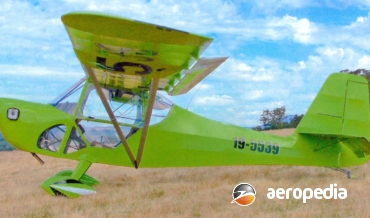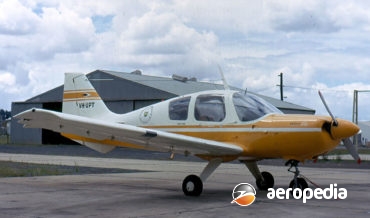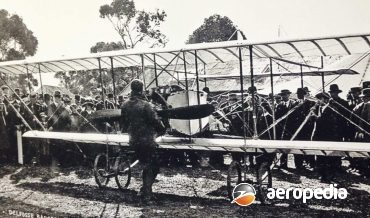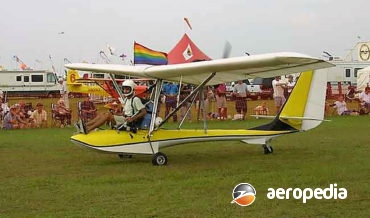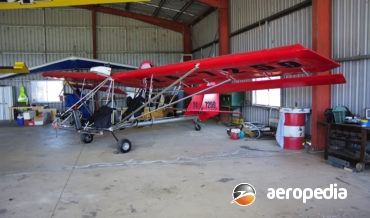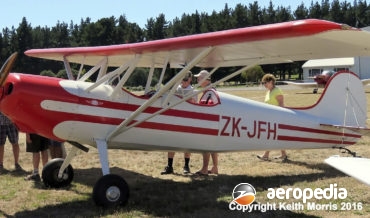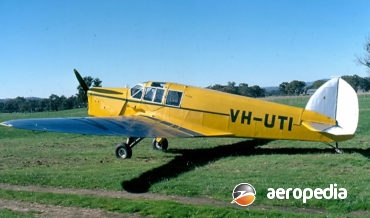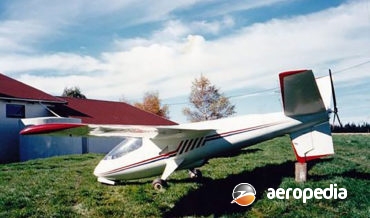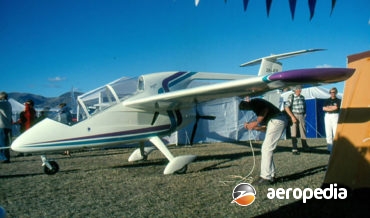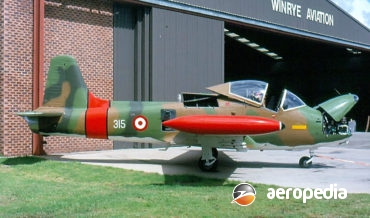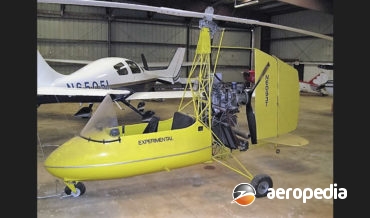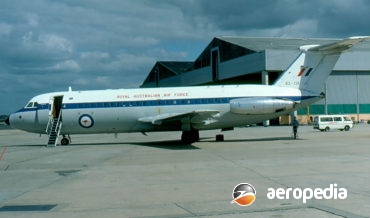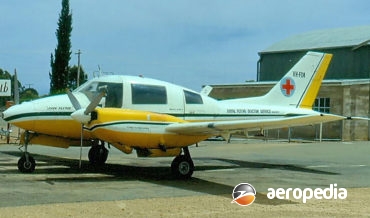All Contents
Contents
The OBY-3 was the third light aircraft designed and built by Owen Badcock in northern Tasmania, he having built two aircraft, one known as the Kittyfox, based on the Denny Kitfox; and another aircraft based on the Avid Flyer.
David C. Eyre
- May 8, 2019
The Pup was designed as a trainer and sporting aircraft to meet the needs of both the professional pilot training school, the flying club, and the private pilot.
David C. Eyre
- May 8, 2019
Andrew Delfosse Badgery in January 1914 was appointed sole Australian agent for the Caudron series of aircraft fitted with Anzani engines, forming a company General Aviation Contractors Ltd.
David C. Eyre
- May 8, 2019
The Connie is one of a series of ultra-lights developed by Mr William Moyes at Waverley in Sydney and Mr Robert Bailey in Florida.
David C. Eyre
- May 8, 2019
The Dragonfly is one of a range of ultra-light aircraft produced by Moyes Microlites Pty Ltd of Waverley, NSW and was initially available in kit form for the amateur builder.
David C. Eyre
- May 8, 2019
The Bakeng Duce was designed by Gerald Bakeng in Everett, Washington State in the United States as a high-performance parasol-wing light homebuilt for amateur builders, construction of the prototype being commenced in October 1969 and it was completed six months later.
David C. Eyre
- May 8, 2019
The Eagle was designed as a high-performance low-wing cabin monoplane of wooden construction seating a pilot in front and two passengers side-by-side in the rear and was fitted with a manually-operated outward retractable undercarriage.
David C. Eyre
- May 8, 2019
W B (Bill) Barber designed and built a single-seat, all-composite, mid engined light aircraft powered by a Rotax 503 engine.
David C. Eyre
- May 8, 2019
The BA Swallow was developed by the British Klemm Aeroplane Co Ltd. (later British Aircraft Manufacturing Co.
David C. Eyre
- May 8, 2019
The Snark is a microlight designed by William Barber of Queenstown on the south island of New Zealand, being his third aircraft design.
David C. Eyre
- May 8, 2019
The Hunting Percival Jet Provost was developed as a private venture from the piston-engined Provost and was flown for the first time on 26 June 1954.
David C. Eyre
- May 8, 2019
The Barnett Rotorcraft Co of Olivehurst, California for some years has designed and built two generally-similar ultra-light gyroplanes known as the J-3M and J-4B and the basic difference between the two has been the engine installed, the J-3M being a utility model with a flat-side cabin with fabric covering and
David C. Eyre
- May 8, 2019
The BAC One-eleven was designed as a turbojet successor to the VICkers Viscount series of airliners and, although it was not as successful in sales as that aircraft, some 220 odd were delivered in a variety of variants.
David C. Eyre
- May 8, 2019
The Beagle 206 series of aircraft was manufactured in the United Kingdom during the 1960s for both civil and military use, and was known as the Basset CC-1 in service with the RAF, having beaten the de Havilland Dove for the RAF order.
David C. Eyre
- May 8, 2019
Recent Comments
Archives
Categories
- No categories
Categories
- No categories
Latest Posts
Newsletter

